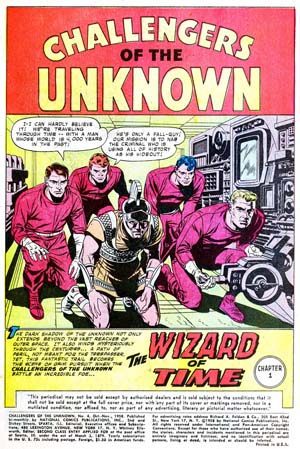The metro area of Astro City is a mecca for super-powered beings, largely because Air Ace, the first public superhero and a decorated veteran, established residency there shortly after World War I. Astro City has established a large cast of characters, from small cameo roles of a few panels to full center stage attention spanning several issues.
The series is an anthology that focuses on different characters living within Astro City, using a wide range of viewpoints. Some issues are told from the viewpoint of heroes, some from the more typical vantage point of average people, others from villains and shady criminals. Stories also vary greatly in length, from issue one to sixteen in the case of the story, Dark Age, whose main viewpoint of Charles and Royal Williams, two brothers in their early adult years living in Astro City. Another interesting twist, this story is set in the 1970s, when some superheroes were declining in popularity, due to general mistrust of authority figures, along with the more violent, gritty tactics that some superheroes were practicing.
The essential hook of Astro City is that it explores how people; ordinary people, heroes and villains react to living in their world. For example, in the first story, Samaritan reflects on his life during a typical day in which he spends almost all of his waking hours flying around the world to help people, and never has any time to enjoy the sheer physical sensation of flight. Other stories involve a date between two high-profile heroes, the initiation of a "kid sidekick" hero, the efforts of a reformed supervillian to find a life outside of prison, a superhero being driven away from Earth by his "love's" attempts to expose him, and the life of an innocent bystander in the days after having been held hostage by a supervillain.
While the focus has been on the heroes of Astro City itself, the series does mention, and at times occasionally shows, heroes from other cities such as Boston's Silversmith, Chicago's The Untouchable and New York City's Skyscraper.
The Back Story of Astro City goes back to at least the 19th century, with "The Old Soldier" (thought dead in 1863) and "Ironhorse, the Human Locomotive" (first seen since 1862). The last story arc in the series, The Dark Age, was set in the 1970s and 1980s and ran 16 issues. The citizens of Astro City ponder the functions and motivations of superpowered individuals, and their overall positions within the community. The Dark Age began publication in 2005 and ended in May 2010, with the final four issues published monthly.
It's tough enough to win an Eisner Award, comic's equivalent to the Oscars, for best continuing series. But Astro City did it three times in a row 1997, 1998 and 1999. And in 1996 it won best new series. Issue #10 also won the Eisner Award for best single issue; issues #4 to #9 won the award for best serialized story. Industry professionals, who vote for the winners have rarely lavished such praise on any series.
With only 28 issues in the 2 series, it's easy to collect and since it was published from 1996 to 2000, there are plenty of Near Mint issues available.
-->














